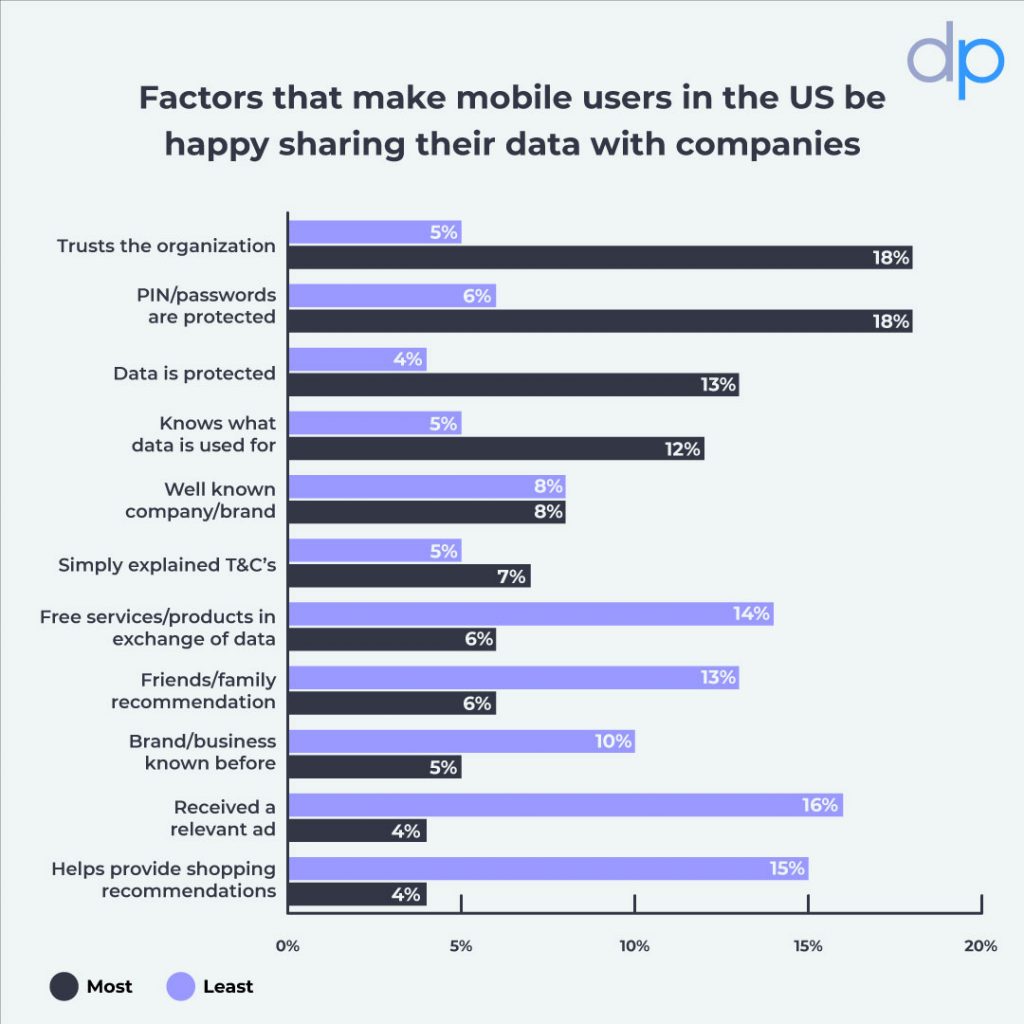It is a fact that we have more data than ever. So much, that we may feel overwhelmed by such a high volume of information. However, we shouldn’t lose our focus. Data is our eyes and ears when it comes to understanding what our audience wants. Therefore data first buying strategies should be commonplaces and the base of all our decisions.
Are we actually leveraging the power of data?
On the one hand, data provides solid information about behaviors, interests and preferences. But also, about income or life stage. This allows an exceptional level of personalization. Advertisers and publishers are now able to strategize their campaigns at the most granular level ever. They can define and refine their target like never before.
On the other hand, according to Ogury’s 2019 study about GDPR, 90% of the users still find targeted ads annoying. Hence the question: do we know how to use the incredible power of data? Well, maybe we still have a lot to learn.

Despite the pessimistic number, there is light at the end of the tunnel. The research also reveals that 71% of users are keen to share their data in return for free and personalized content. In other words: customers are just demanding to be informed in order to make their choices.
The opportunity behind the numbers

Based on this, the question is actually how to use data to adapt our campaigns to our audience’s choices. Although it seems to be a very logical step forward, there is a reason why, so far, we have been focusing more on our audience than on their choices: users have never been able to make so many decisions before. We have studied our audience and customers. Their behaviors, their answers to our questions… and yet, we had never reached such a personalized (although always anonymous and never individual) and specific level of knowledge.
Collecting third-party data with consumers consent is also an opportunity for brands and companies to build loyalty, trust and engagement between them and their audience. It’s a way to effectively transcend impressions and simple likes and build something with a more real, material impact in the short-, mid- and long-term.
Communication has changed too. It is now a non-linear, multidirectional phenomenon that takes place across many devices, locations and media and uses many different forms and formats. It has become more complex, but also richer. As a result, users can tell brands, advertisers and publishers what they want and brands, advertisers and publishers are eventually compelled to ask the right questions and offer them the right choices in order to be able to leverage data and, not just reach the right audiences, but also retain users by making them happy.
What are users’ attitude towards targeted ads?
90% of users find targeted ads annoying and 52% have a poor opinion of sites with disruptive ads. However, 71% of users still are willing to share their data to brands.
Why do mobile users share their data with brands?
The main reasons are because they trust the brand, they favor well known companies that explain clearly their T&Cs, they already know how brands use their data or they choose brands recommended by friends or family.